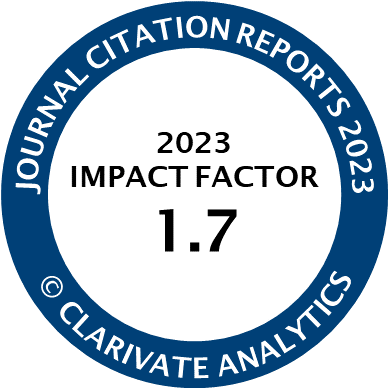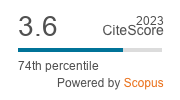Article | Open Access
Transit-Oriented Development and Livability: The Case of the Najma and Al Mansoura Neighborhoods in Doha, Qatar
| Views: | 2005 | | | Downloads: | 1291 |
Abstract: Since the 1970s, Qatar’s rapid urban growth has resulted in a segregated and poorly connected urban form, particularly in the country’s capital, Doha. Although the recent opening of the Doha Metro has begun to mitigate some of the city’s challenges, local authorities recognize the need for a more comprehensive urban design which can ensure safe and convenient connectivity with the public transportation system. To this end, the government has developed the Qatar National Development Framework, an action plan for the management of Qatar’s urban development. One of its aims is to integrate the Doha Metro with the urban fabric of the city and to ensure that urban growth follows the principles of transit-oriented development, referring to a pattern of development centered on transit hubs supporting a mix of land uses in a well-connected and safe urban environment. This research article attempts to assess the effects of transit-oriented development on livability in mixed-use neighborhoods. The area around the Al Mansoura metro station within the Najma and Al Mansoura neighborhoods is selected as a case study. This analysis of urban form uses integrated modification methodology and focuses on three main determinants: compactness, complexity, and connectivity. Based on this analysis, several recommendations are made, whose implementation should enhance livability throughout the study area.
Keywords: Al Mansoura; livability; Najma; sustainable urbanism; transit-oriented development; urban design
Published:
© Almaha Al-Malki, Reem Awwaad, Raffaello Furlan, Michael Grosvald, Rashid Al-Matwi. This is an open access article distributed under the terms of the Creative Commons Attribution 4.0 license (http://creativecommons.org/licenses/by/4.0), which permits any use, distribution, and reproduction of the work without further permission provided the original author(s) and source are credited.




